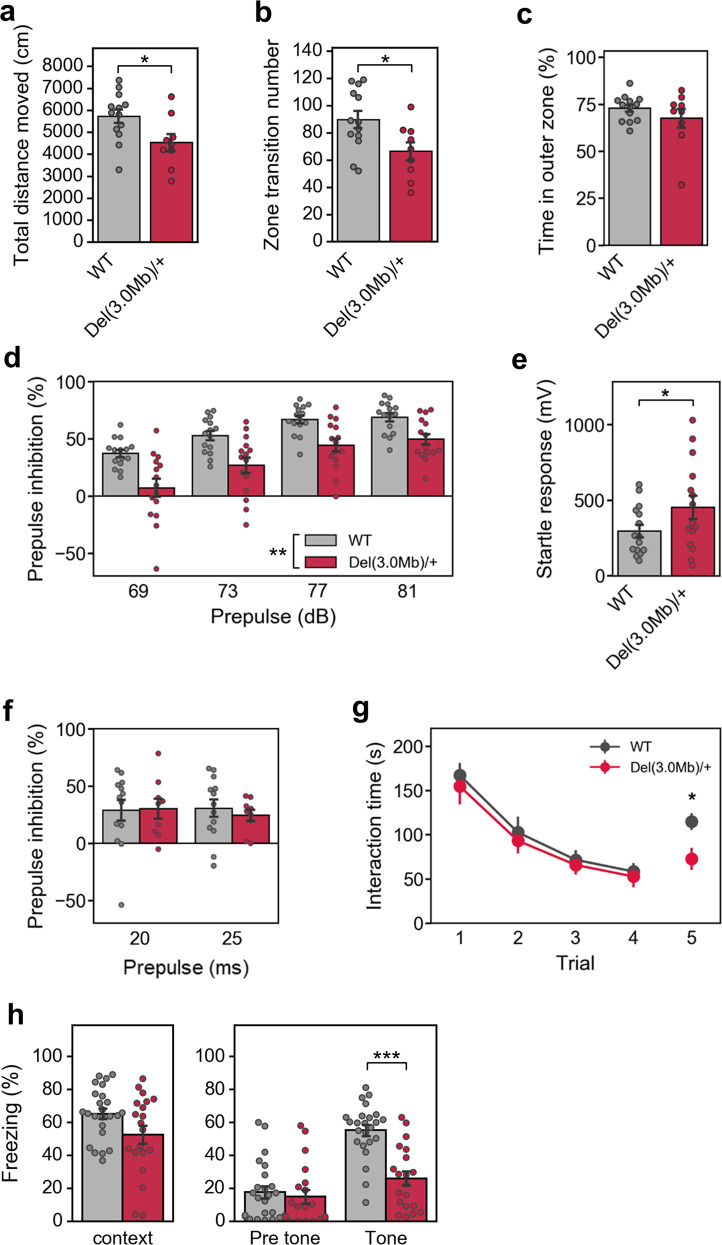Fig. 2. A battery of behavioral tests of Del(3.0 Mb)/ + mice.
a–c Open-field test (WT, n = 13; Del(3.0 Mb)/ + , n = 9). a The total distance moved during the 10-min test period. b The number of transitions between the outer and inner zones. c Percentage of time spent in the outer zone. d Percentage of auditory prepulse inhibition (PPI) (WT, n = 15; Del(3.0 Mb)/ + , n = 15). Auditory PPI was measured at four different prepulse levels (69, 73, 77, and 81 dB). e Measurements of acoustic startle responses to the 120-dB startle stimulus. f Measurements of visual PPI (WT, n = 13; Del(3.0 Mb)/ + , n = 9). Visual PPI was measured at two conditions of light prepulse duration (20 or 25 ms). g Five-trial direct social interaction test (WT, n = 13; Del(3.0 Mb)/ + , n = 9). A subject mouse was habituated to the same intruder of juvenile mouse (trials 1–4) and dishabituated toward a novel mouse (trial 5). Time length spent interacting with the intruder was evaluated. Each 5-min trial was separated by a 30-min interval. h Fear-conditioning test. A context-dependent freezing response (%) is shown on the left panel towards the tone and foot–shock paring (conditioning) measured 24 h after the initial exposure. A cue-dependent freezing response (%) is shown on the right panel measured 48 h after the conditioning. Two-tailed Welch’s t tests (a, b, c, e, fifth trial of g and h) or two-way repeated-measures ANOVA (d, f, 1–4 trial of g). All data are expressed as mean ± SEM. *p < 0.05, **p < 0.01, ***p < 0.001.

